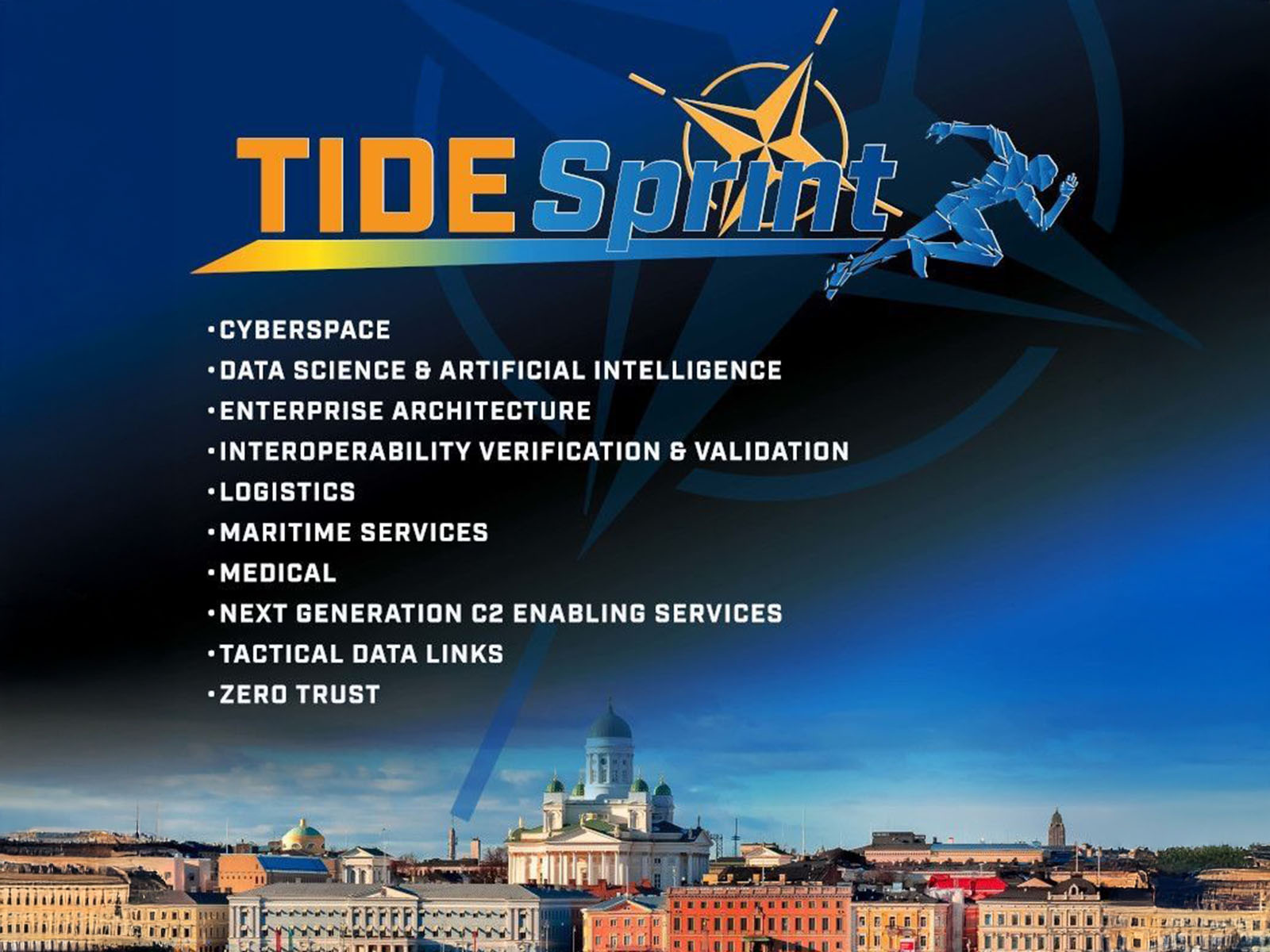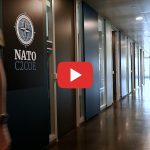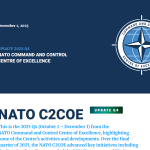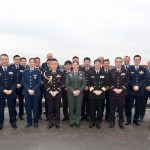Earlier this week, NATO C2COE participated in TIDE Sprint 43 in Helsinki, where experts from NATO, industry, and academia gathered to discuss the role of AI and data in modern Command & Control and its impact on global security. The event provided a collaborative platform to explore how emerging technologies are transforming decision-making processes and enhancing interoperability in military operations.
At the event, NATO C2COE Director Colonel Mietta Groeneveld and Lt. Col. Saverio Rinaldi from the Digital Strategy and Policy (DSP) NDS presented on the Data, Technology, and Information Sharing (DTIS) contribution to modern C2 for Multi-Domain Operations (MDO). Their presentation focused on how NATO is integrating innovative technologies to improve operational effectiveness in increasingly complex and unpredictable environments.
NATO is making great progress in using AI to boost its Command & Control capabilities. From autonomous systems to predictive maintenance and battle damage assessment, these innovations are speeding up decision-making, helping commanders stay focused on the big picture while quickly adapting to new threats. But with this increased reliance on AI comes a growing need for solid data—it’s both a powerful asset and a potential risk. To make the best decisions, it’s crucial to integrate intelligence from a variety of sources like HUMINT, SOCINT, satellite imagery, and social media into one cohesive, actionable format. A strong data-driven approach across all areas is key to spotting and stopping threats before they become serious.
While the need for better data sharing is widely recognized, significant challenges remain in making this a reality. Legal, technical, and cultural barriers continue to hinder the seamless exchange of information across NATO’s member nations. To address these issues, NATO must evolve its legal frameworks, shift organizational mindsets, and refine processes to enable more secure and effective data sharing.







